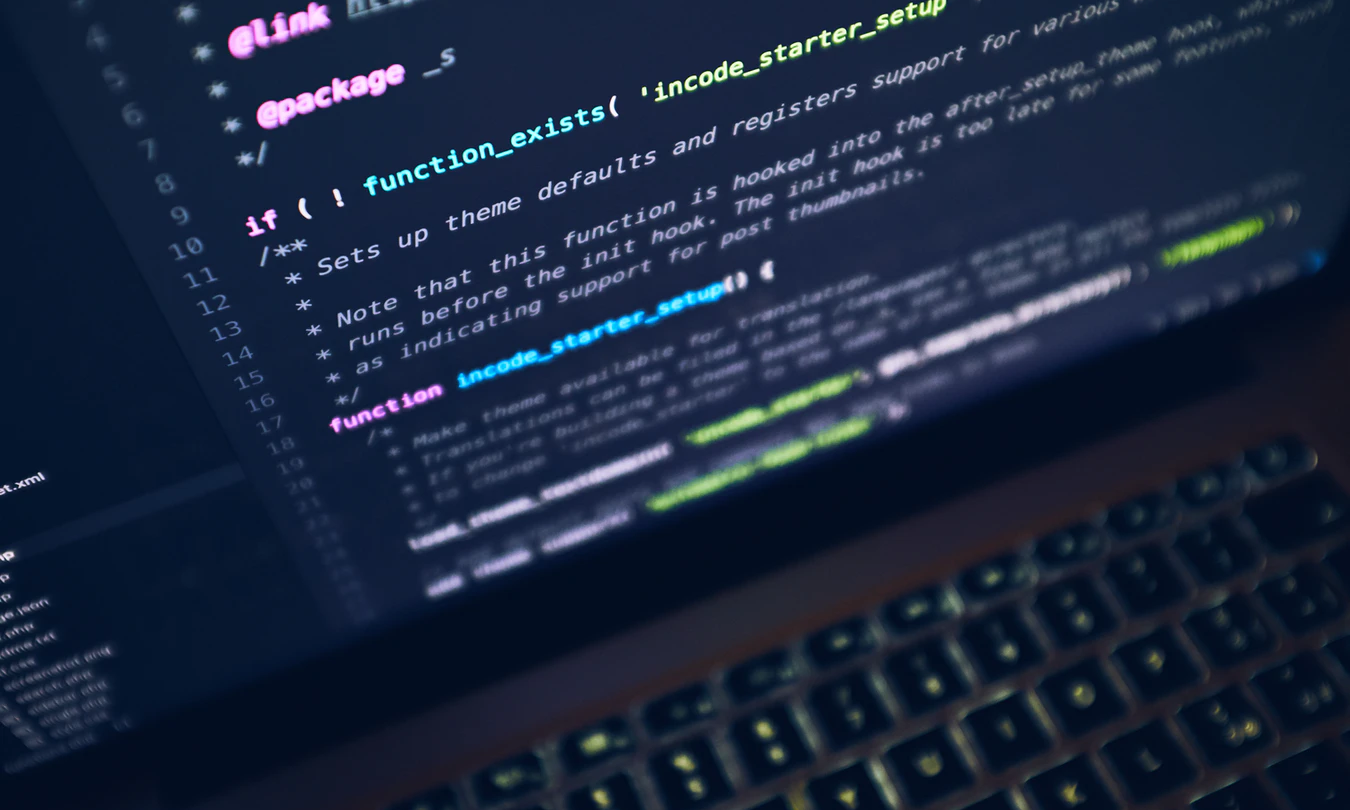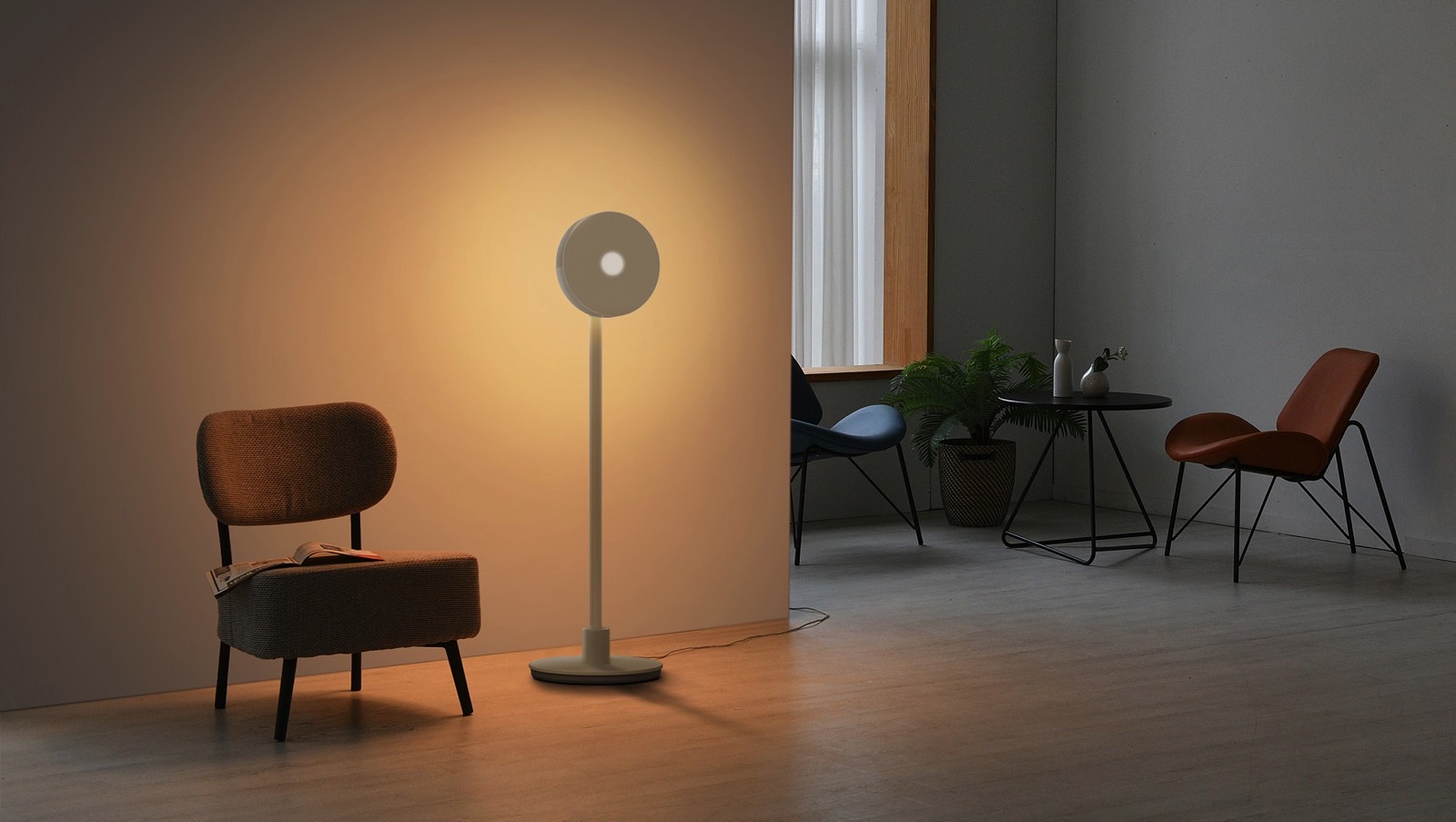How we tested
Mashable staff or contributors hands-on tested all of the laptops in this guide. At minimum, this involved inspecting their build quality and using them as part of an everyday workflow for several weeks at a time. We worked in different kinds of documents, checked emails, watched videos, took photos on their webcams, participated in video calls, listened to music (via Spotify), played games (if possible), and experimented with any unique software features or use cases. they’re meant to support.
Additionally, most of the laptops featured here were made to run industry-standard benchmark software (all but the M2 Apple MacBook Air). We run these benchmarks because they replicate real-world tasks to produce scores we can use to easily compare different laptops’ performance. We also conducted a battery life test on each laptop to gauge their power efficiency. We recently started implementing these benchmarks in our testing, and you can expect to see them in all of our new laptop reviews going forward.
performance benchmarks
We evaluated the laptops’ overall performance by running the appropriate version of Primate Labs’ Geekbench 6This test measures CPU performance in a handful of common tasks, and we recorded the resulting multi-core score. The higher the score, the better.
To get a sense of gaming laptops’ graphical prowess, we also played Cyberpunk 2077 on them. We picked this game because it’s a graphically intense AAA title that pushes many systems to their performance limits. If the laptop had a discrete/dedicated Nvidia GeForce RTX graphics card (as opposed to an integrated GPU that’s built into the CPU), we played Cyberpunk once with its DLSS tech off and again with DLSS on using the High preset without ray tracing. This tests the machine’s raw GPU power and its performance with AI upscaling, respectively.
We followed this up with 3DMark’s Time Spy Benchmark for gaming PCs and recorded their scores. Again, higher is better.
Battery life benchmarks
We look to see about 11 to 12 hours of battery life in the MacBooks we test, with 15-plus hours being exceptional, and nine to ten hours in the Windows laptops we review, with 12-plus hours being ideal. Gaming laptops are a different story: They only need to last at least two hours per charge to get our approval, earning extra brownie points for reaching the four-hour mark. Meanwhile, eight hours is our baseline for Chromebooks, but nine to ten hours is best.
We’ve assessed laptops’ stamina a couple different ways in the past. (More on that shortly.) We used UL Solutions’ PCMark 10 battery life stress test on the Microsoft Surface Laptop Go and the Acer Nitro V 15, and Principled Technologies’ CrXPRT 2 Battery life test on the HP Chromebook Plus 15.6-inch. Both tests ran a series of apps and functions until the laptop conked out.
On the Lenovo Yoga 7i 14 (Gen 9) and the Acer Chromebook Plus 516 GE, we conducted a video rundown test that involved playing a looped 1080p version of Tears of Steela short open-source Blender movie, at 50 percent brightness.
In order to standardize our battery life testing methodology, we will only be using the Tears of Steel Rundown on all MacBooks, Windows laptops, and Chromebooks from here on out. We’ll stick with PCMark 10’s battery life test for gaming laptops.
final thoughts
After evaluating a laptop’s hands-on performance and benchmark testing results, we made our final recommendations based on whether we thought they offered a good overall value for the money. For the purposes of this guide, we defined a “cheap laptop” as one that costs less than $1,000.
Lastly, should be noted that these aren’t the only cheap laptops we’ve tried — we’re constantly testing and assessing new models across different categories, and many don’t make the final cut. With that in mind, you can expect this guide to evolve on a pretty continuous basis. We’re always on the lookout for new top pick contenders.










